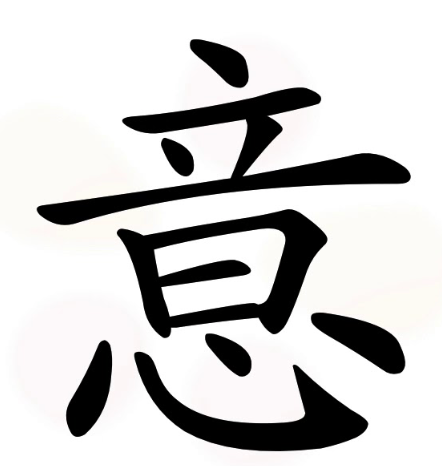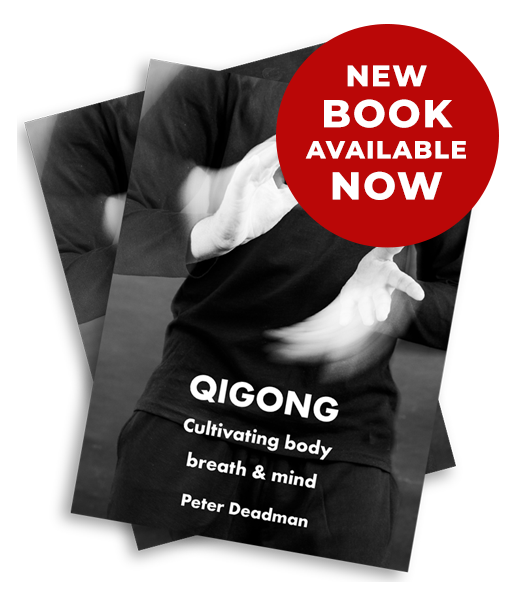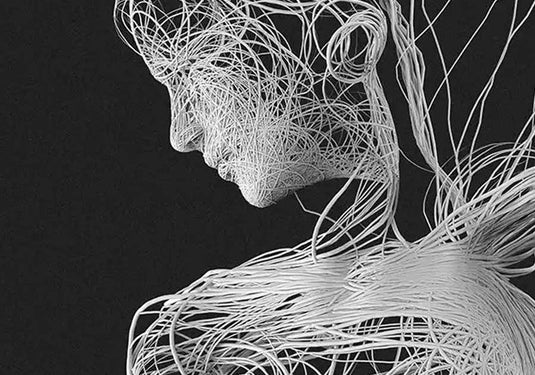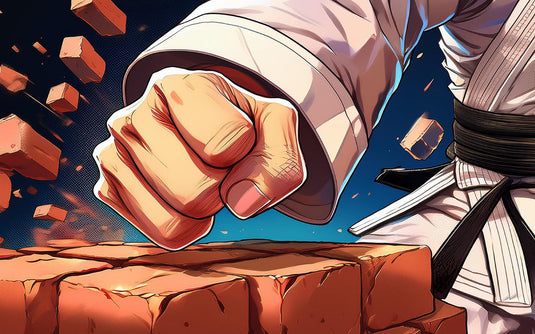‘YI’ (INTENTION)
I’ve just returned from a Chinese medicine conference in Manchester where the theme for the weekend was the Chinese term ‘yi’. This is usually translated as ‘intent’.
I took part in a panel discussion where my colleagues discussed yi in terms of acupuncture treatment, while my role was to try and tease out what it means in the practice of qigong and the internal martial arts.
My first thought was that we need yi/intent to practise. Intent is what draws us to attend a regular class or gets us up in the early morning. Without clear intent we stop and start and cannot establish the kind of regular practice that leads to deep change.
The second level of ‘yi’ concerns what we want to cultivate in practice. This might be healing, health maintenance, strength, mobility, martial power, a calm mind, or connection with the Dao (everything that is). The clearer our purpose, the more focused and rewarding our practice will be.
The third level is the practice itself. There is a saying ‘yi dao, qi dao’ which is usually translated as ‘where the mind (or intent) goes, there the qi goes’. This means that if we slow down movement, or even stop it altogether, and focus our mind on a part of the body, an acupuncture point or channel, it will flower in response to our attentive awareness. We may then experience sensations such as heat, fullness, throbbing, or what we might simply call ‘aliveness’. This is known in the tradition as the ‘arrival of qi’ and is the basis of self-healing, rooting/grounding, martial power and so on. And as we continue to practise with intent, month after month, year after year, the more fully our body-mind is filled with awareness and qi.
As far as martial arts are concerned, alongside taijiquan (tai chi) and baguazhang, the two other main internal arts are xingyiquan(‘form-intent fist’) and yiquan (‘intent fist’). Xingyiquan, especially, cultivates powerfully focused intent directed laser-like towards the opponent and is said to have originated in spear fighting.
When we are learning a new form in qigong, tai chi, dance or even driving a car, it demands our full attention with little space for distracted thought. Once we know the choreography and have developed basic competence, we enter the second stage - refining skill. This again requires focused attention if we are to progress. In the third stage, however, we find we can perform automatically with minimal awareness - just as we might drive a car for an hour without really being aware we are doing so.
This ability to act automatically and efficiently is the fruit of dedicated practice and is obviously invaluable in all kinds of situations. But in the practice of qigong etc. the downside is that it may become ‘empty’ of presence/awareness since we can do it while distracted. The challenge, then, is to return to the second stage or even the first - what Zen Buddhists call ‘beginner’s mind’. This requires clear intention and maximum awareness. It is here that the last portion of cultivating body, breath and mind comes into its own - the mind.
Focused attention/intention of this kind can be brought to many otherwise automatic activities - walking, cutting a carrot, making and drinking tea or being present with a fellow human being. This is one meaning of the teaching found in the fourth century text Essentials of Nourishing Life:
“In order to cultivate the arts of nourishing life one must first of all practice meditation. During all everyday activities such as walking, standing, eating, drinking, sleeping, and resting, one must continuously meditate. It makes no difference whether it is night or day. One always preserves one’s essence and breath in their entirety.”





